Paul Henry RHA (1877-1958) Digging Potatoes (1916-19) Oil on panel, 33 x 40.5cm (13 x 16'') Signed Provenance: Acquired by a private collector c.1921; Sale Sotheby's, London, 18/05/2000, Lot 130; Private Collection. Literature: Brian P. Kennedy, 'Paul Henry, Paintings, Drawings, Illustrations', Yale 2007, Illustrated p.192, Catalogue No.454. Exhibited: Possibly London, Leicester Galleries, 'Pictures of Irish Life and Landscape by Paul and Grace Henry', January 1921, No.29. In his autobiography, An Irish Portrait (London, 1951, p.48), Paul Henry wrote that John Millington Synge had touched some chord which resounded as no other music ever had done' and, he tells us, it was of Riders to the Sea that he was thinking as he left London 'on the couple of weeks' holiday' he had promised himself. Despite Henrys increasing reputation as a graphic artist in London, it was to Achill he was drawn and so captivated was he that he was to spend nine years there - as a sort of home-coming, for his maternal grandfather, the Rev. Thomas Berry, had preached the gospel on Achill in the mid-1830s. Soon after his arrival on the island Henry made for the village of Keel, on its southern shore. He was enthralled by the life he found there. 'Achill called to me as no other place had ever done', he wrote (An Irish Portrait, p.50), yet, he said, although 'the persuasiveness of its voice charmed me', it was not easy to follow its meaning. It was, however, an emotional call and he decided to settle there, 'not as a visitor but to identify myself with its life and to see it every day in all its moods.' In particular the peasantry working in the fields reminded him of Millet, whose work he knew as a student in Paris. The hatted male figure, digging with a spade, is almost a direct quote from Millet's The Spaders. The fields in Achill were very small - 'a man might own a field or two beside his door and another bit of land, about the size of a small suburban front garden, a mile or so away' -having, for hereditary reasons, been sub-divided many times over the years. The potatoes are being harvested from ridges, the traditional method of cultivation on Achill. Here, like Millet, Henry wanted to paint a scene of life as it really was, the harshness of daily routine being evident from the back-breaking work and the small return of crops produced. 'I have yet to see people who worked so hard for so little gain', he wrote years later. 'It meant incessant toil with the spade', ploughs being useless on those stony fields (An Irish Portrait, p. 57). In pictures such as this, Henry introduced a new realism to Irish art. Gone is the 'stage Irishness' of much nineteenth century art and, as with Millet's field workers, we realize that life was difficult, being neither heroic nor idyllic, and the simple toil of the figures gives a natural dignity to their efforts that is more convincing than much academic painting of the time. In his early Achill period potato digging was a favourite subject for Henry and he made numerous versions of this composition and with similar poses appearing. The man digging may be Johnny Toolis, who appears in The Potato Harvest (SBK425) and The Potato Diggers (SBK295). We are indebted to Dr S. B. Kennedy whose writings formed the basis of this note. Paul Henry RHA (1877-1958) Digging Potatoes (1916-19) Oil on panel, 33 x 40.5cm (13 x 16'') Signed Provenance: Acquired by a private collector c.1921; Sale Sotheby's, London, 18/05/2000, Lot 130; Private Collection. Literature: Brian P. Kennedy, 'Paul Henry, Paintings, Drawings, Illustrations', Yale 2007, Illustrated p.192, Catalogue No.454. Exhibited: Possibly London, Leicester Galleries, 'Pictures of Irish Life and Landscape by Paul and Grace Henry', January 1921, No.29. In his autobiography, An Irish Portrait (London, 1951, p.48), Paul Henry wrote that John Millington Synge had touched some chord which resounded as no other music ever had done' and, he tells us, it was of Riders to the Sea tha
Paul Henry RHA (1877-1958) Digging Potatoes (1916-19) Oil on panel, 33 x 40.5cm (13 x 16'') Signed Provenance: Acquired by a private collector c.1921; Sale Sotheby's, London, 18/05/2000, Lot 130; Private Collection. Literature: Brian P. Kennedy, 'Paul Henry, Paintings, Drawings, Illustrations', Yale 2007, Illustrated p.192, Catalogue No.454. Exhibited: Possibly London, Leicester Galleries, 'Pictures of Irish Life and Landscape by Paul and Grace Henry', January 1921, No.29. In his autobiography, An Irish Portrait (London, 1951, p.48), Paul Henry wrote that John Millington Synge had touched some chord which resounded as no other music ever had done' and, he tells us, it was of Riders to the Sea that he was thinking as he left London 'on the couple of weeks' holiday' he had promised himself. Despite Henrys increasing reputation as a graphic artist in London, it was to Achill he was drawn and so captivated was he that he was to spend nine years there - as a sort of home-coming, for his maternal grandfather, the Rev. Thomas Berry, had preached the gospel on Achill in the mid-1830s. Soon after his arrival on the island Henry made for the village of Keel, on its southern shore. He was enthralled by the life he found there. 'Achill called to me as no other place had ever done', he wrote (An Irish Portrait, p.50), yet, he said, although 'the persuasiveness of its voice charmed me', it was not easy to follow its meaning. It was, however, an emotional call and he decided to settle there, 'not as a visitor but to identify myself with its life and to see it every day in all its moods.' In particular the peasantry working in the fields reminded him of Millet, whose work he knew as a student in Paris. The hatted male figure, digging with a spade, is almost a direct quote from Millet's The Spaders. The fields in Achill were very small - 'a man might own a field or two beside his door and another bit of land, about the size of a small suburban front garden, a mile or so away' -having, for hereditary reasons, been sub-divided many times over the years. The potatoes are being harvested from ridges, the traditional method of cultivation on Achill. Here, like Millet, Henry wanted to paint a scene of life as it really was, the harshness of daily routine being evident from the back-breaking work and the small return of crops produced. 'I have yet to see people who worked so hard for so little gain', he wrote years later. 'It meant incessant toil with the spade', ploughs being useless on those stony fields (An Irish Portrait, p. 57). In pictures such as this, Henry introduced a new realism to Irish art. Gone is the 'stage Irishness' of much nineteenth century art and, as with Millet's field workers, we realize that life was difficult, being neither heroic nor idyllic, and the simple toil of the figures gives a natural dignity to their efforts that is more convincing than much academic painting of the time. In his early Achill period potato digging was a favourite subject for Henry and he made numerous versions of this composition and with similar poses appearing. The man digging may be Johnny Toolis, who appears in The Potato Harvest (SBK425) and The Potato Diggers (SBK295). We are indebted to Dr S. B. Kennedy whose writings formed the basis of this note. Paul Henry RHA (1877-1958) Digging Potatoes (1916-19) Oil on panel, 33 x 40.5cm (13 x 16'') Signed Provenance: Acquired by a private collector c.1921; Sale Sotheby's, London, 18/05/2000, Lot 130; Private Collection. Literature: Brian P. Kennedy, 'Paul Henry, Paintings, Drawings, Illustrations', Yale 2007, Illustrated p.192, Catalogue No.454. Exhibited: Possibly London, Leicester Galleries, 'Pictures of Irish Life and Landscape by Paul and Grace Henry', January 1921, No.29. In his autobiography, An Irish Portrait (London, 1951, p.48), Paul Henry wrote that John Millington Synge had touched some chord which resounded as no other music ever had done' and, he tells us, it was of Riders to the Sea tha
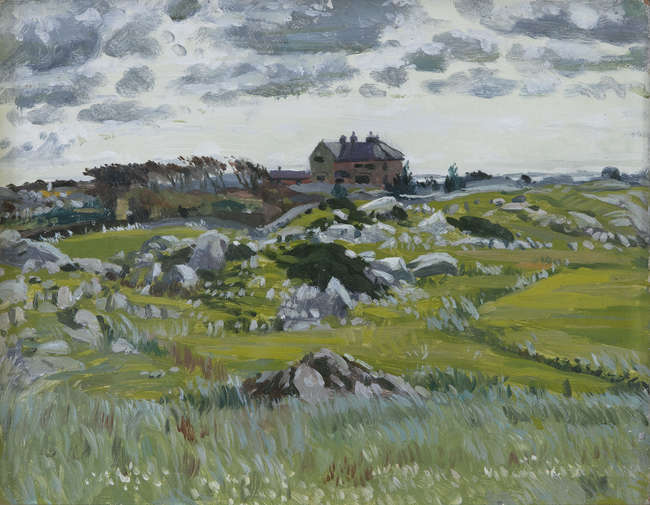
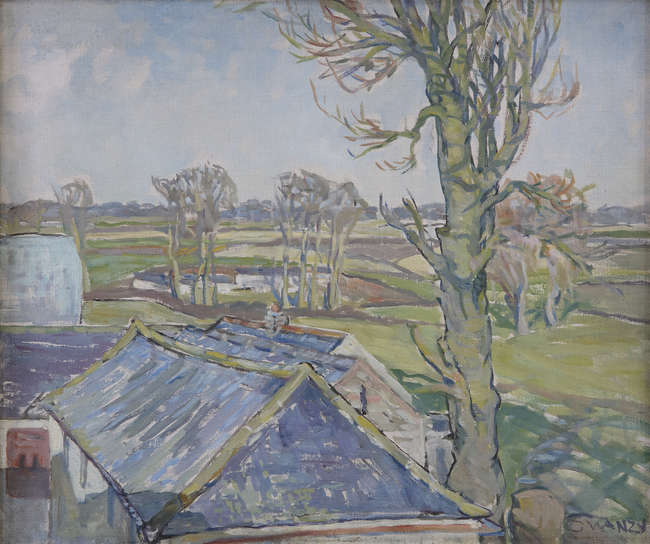
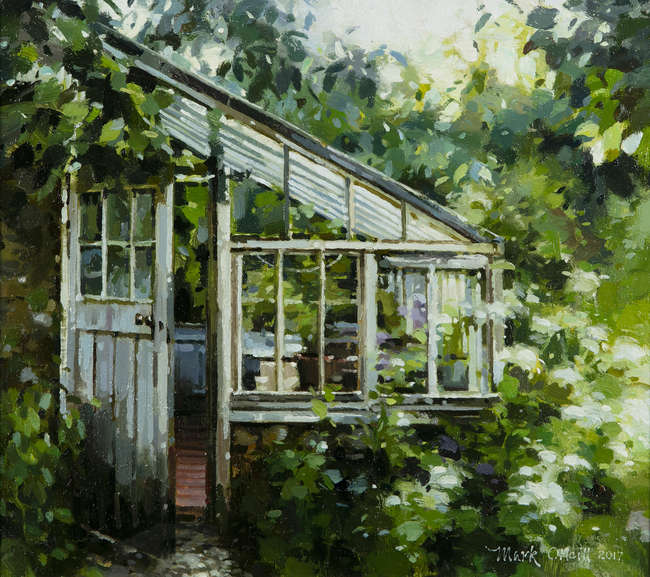
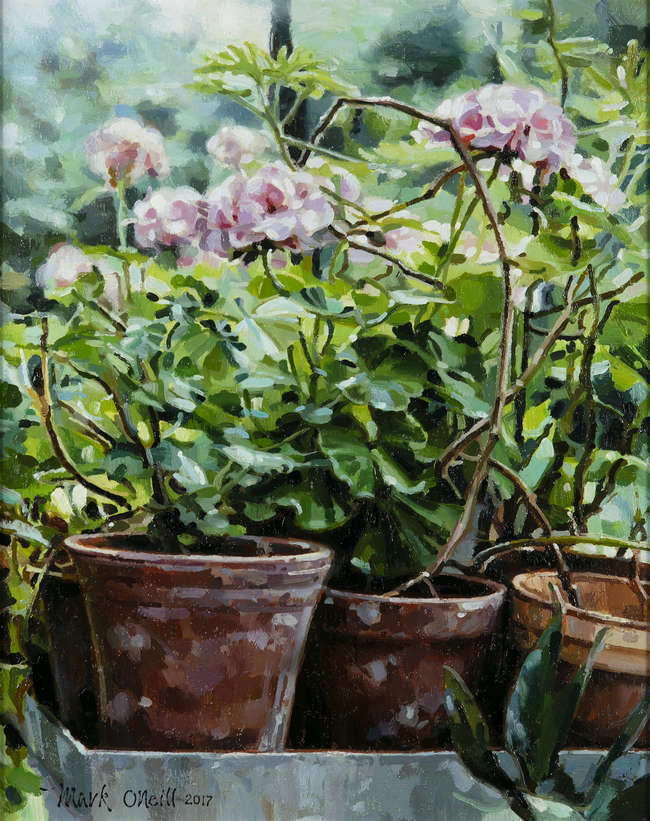
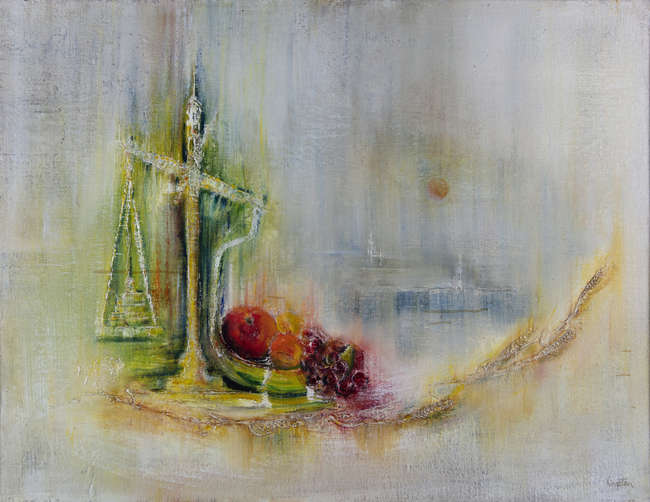
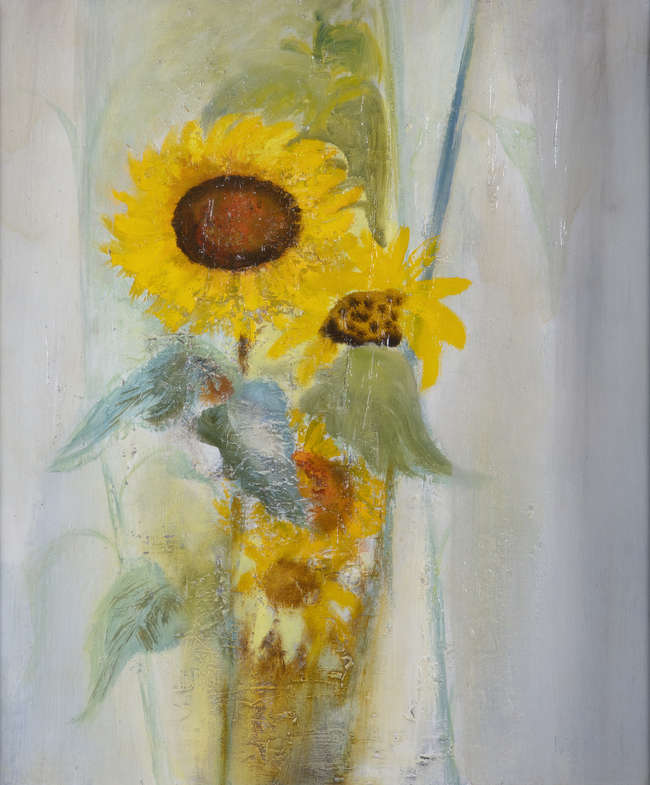
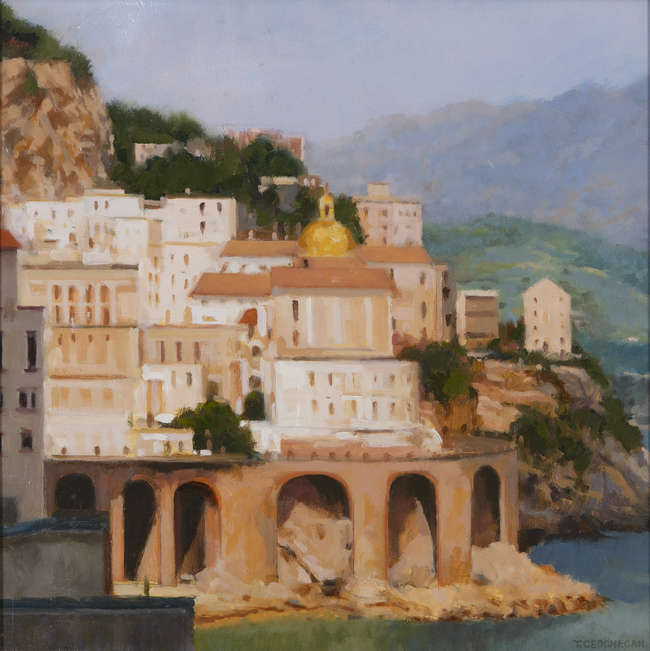

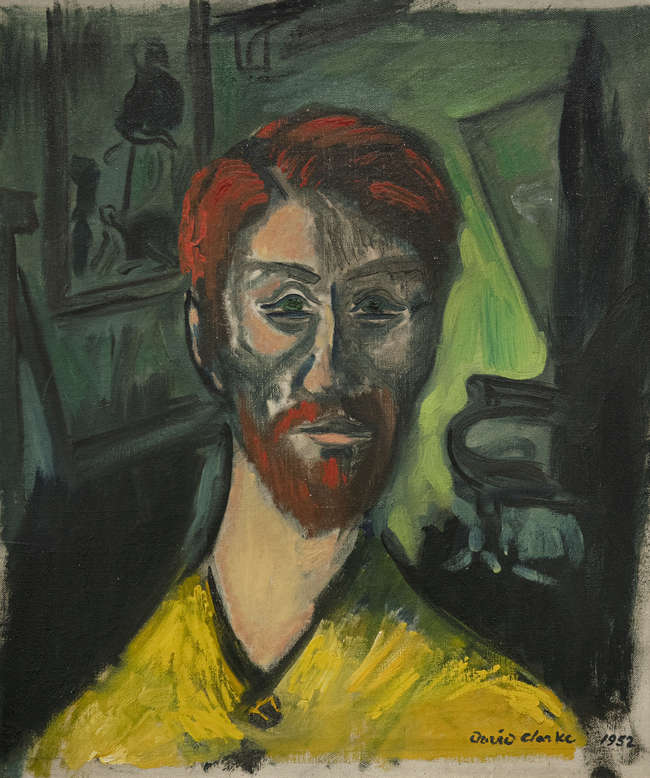
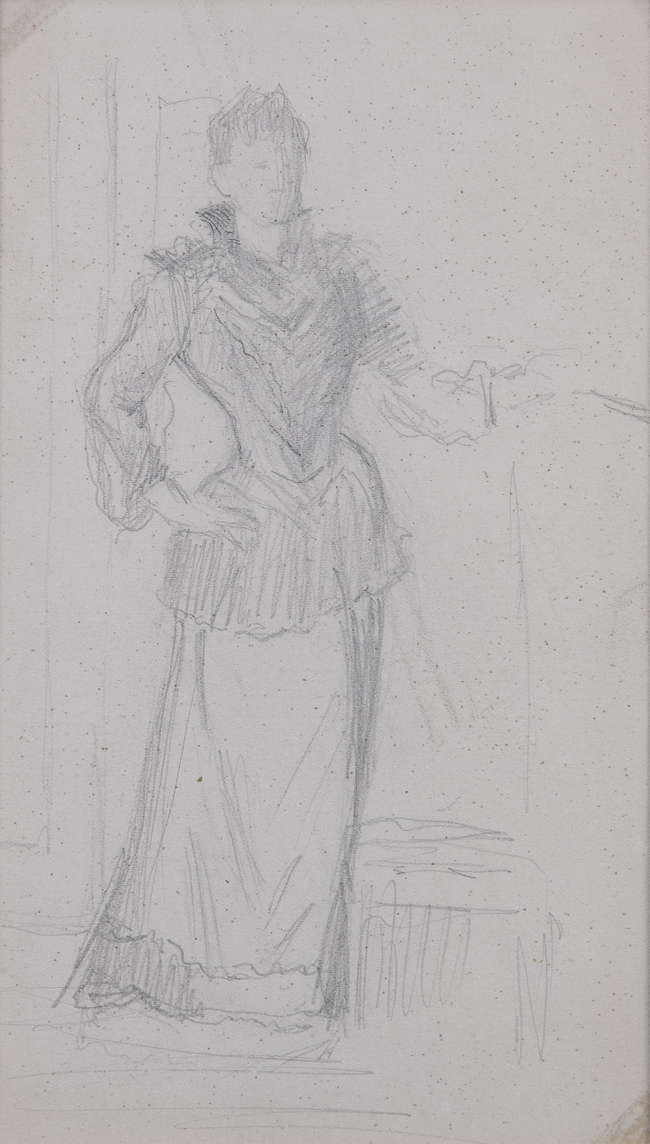
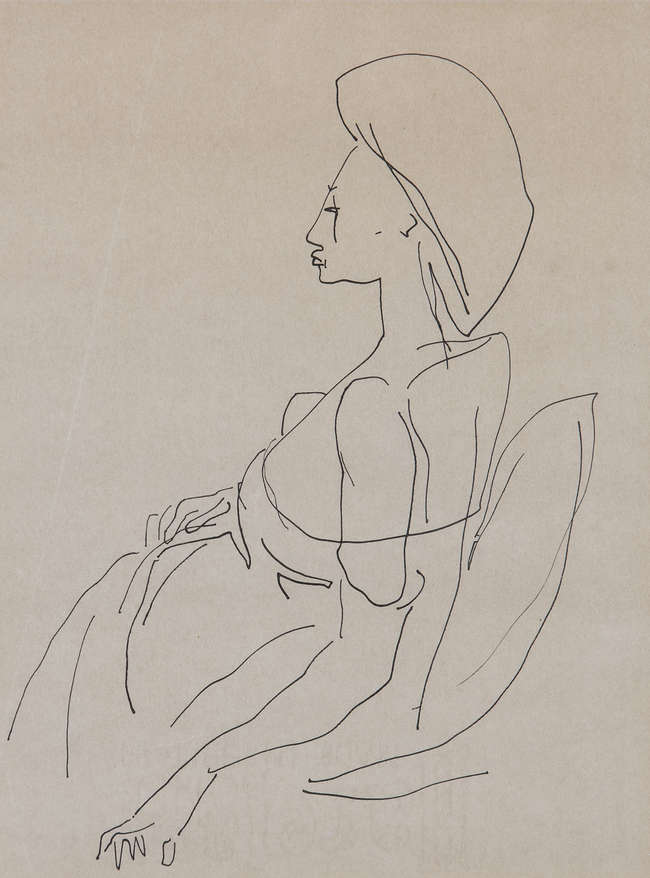
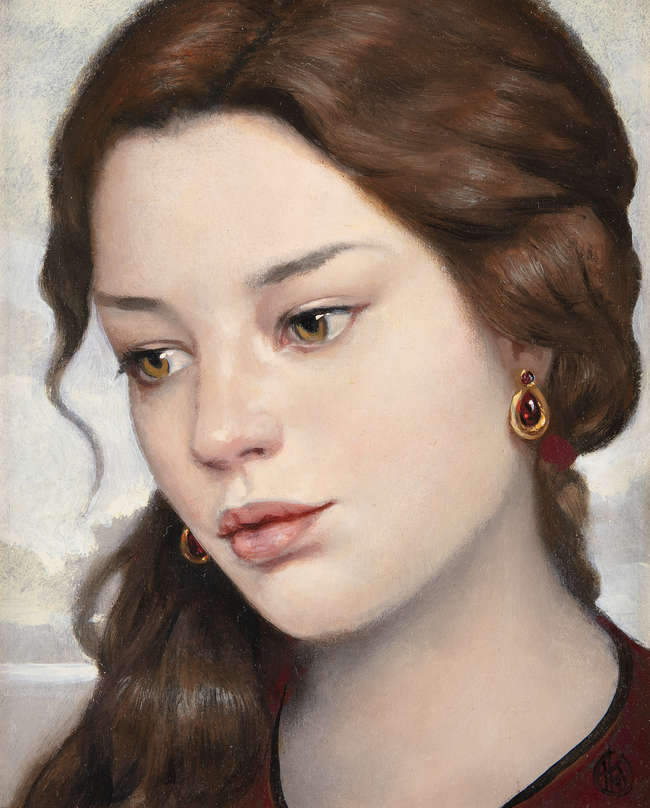
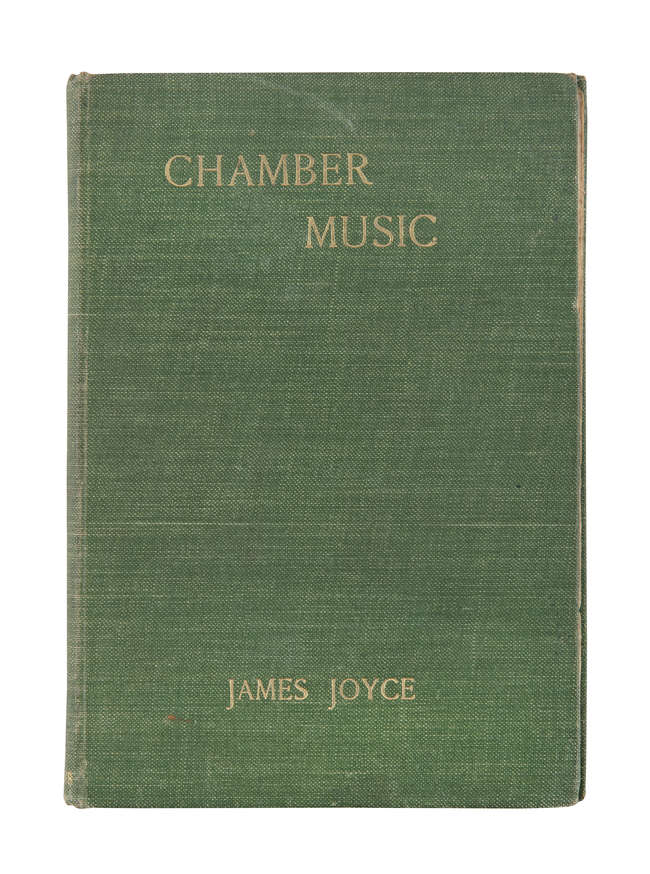
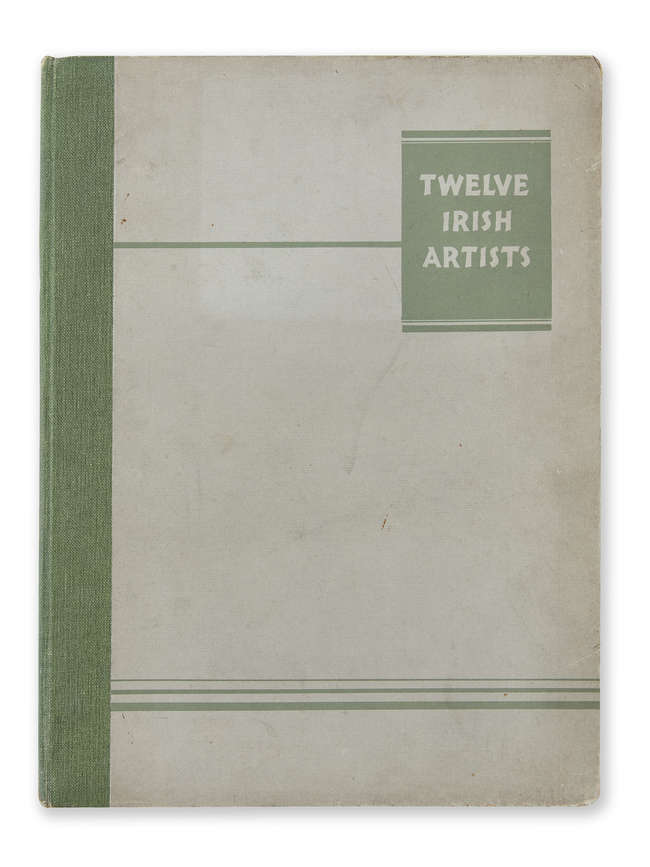
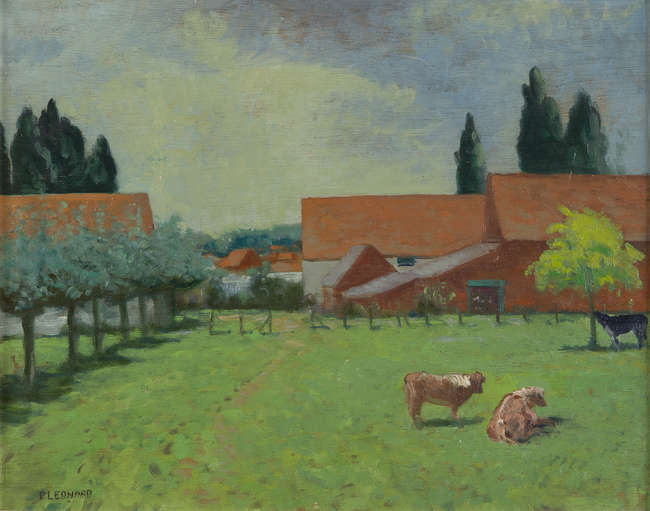
Try LotSearch and its premium features for 7 days - without any costs!
Be notified automatically about new items in upcoming auctions.
Create an alert